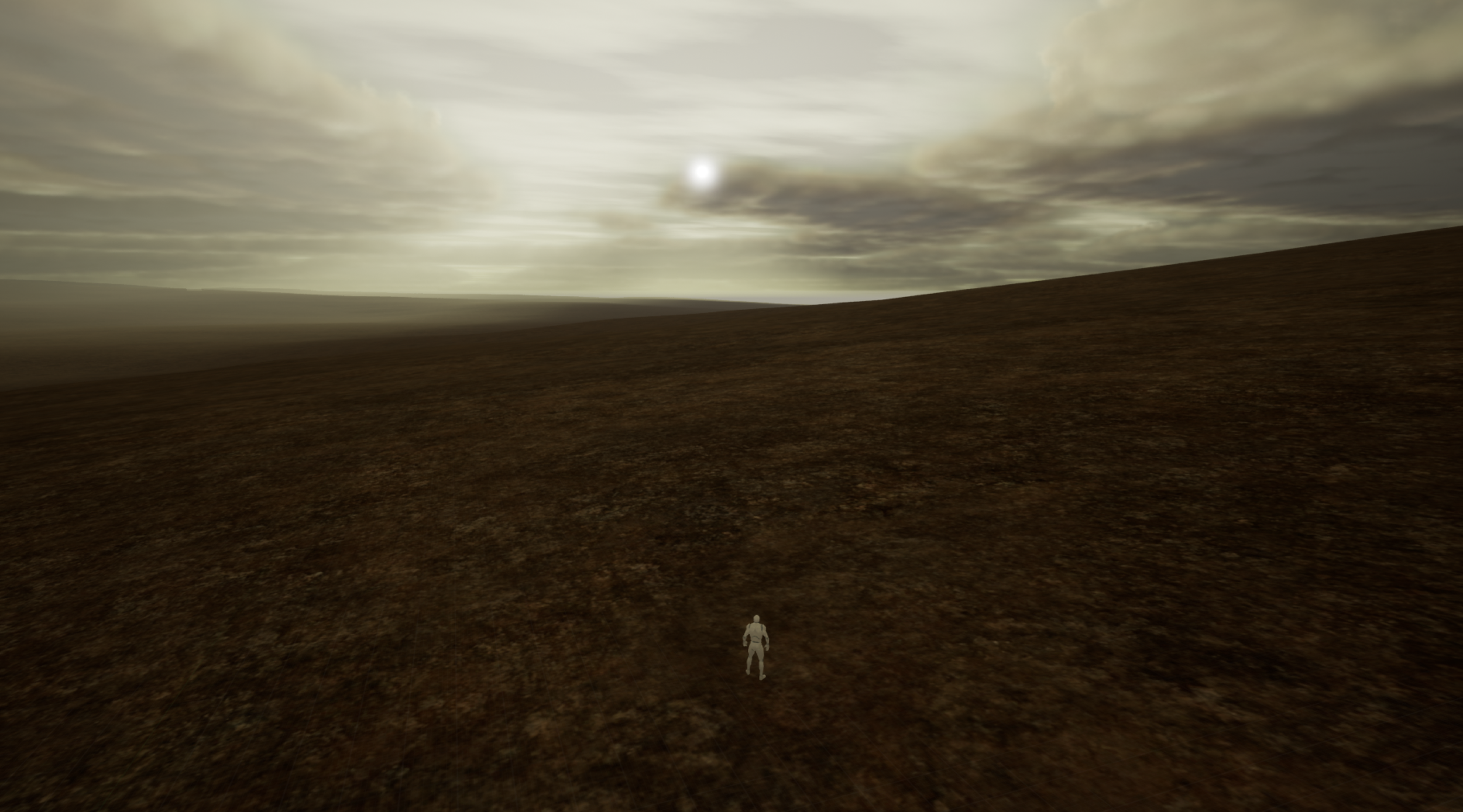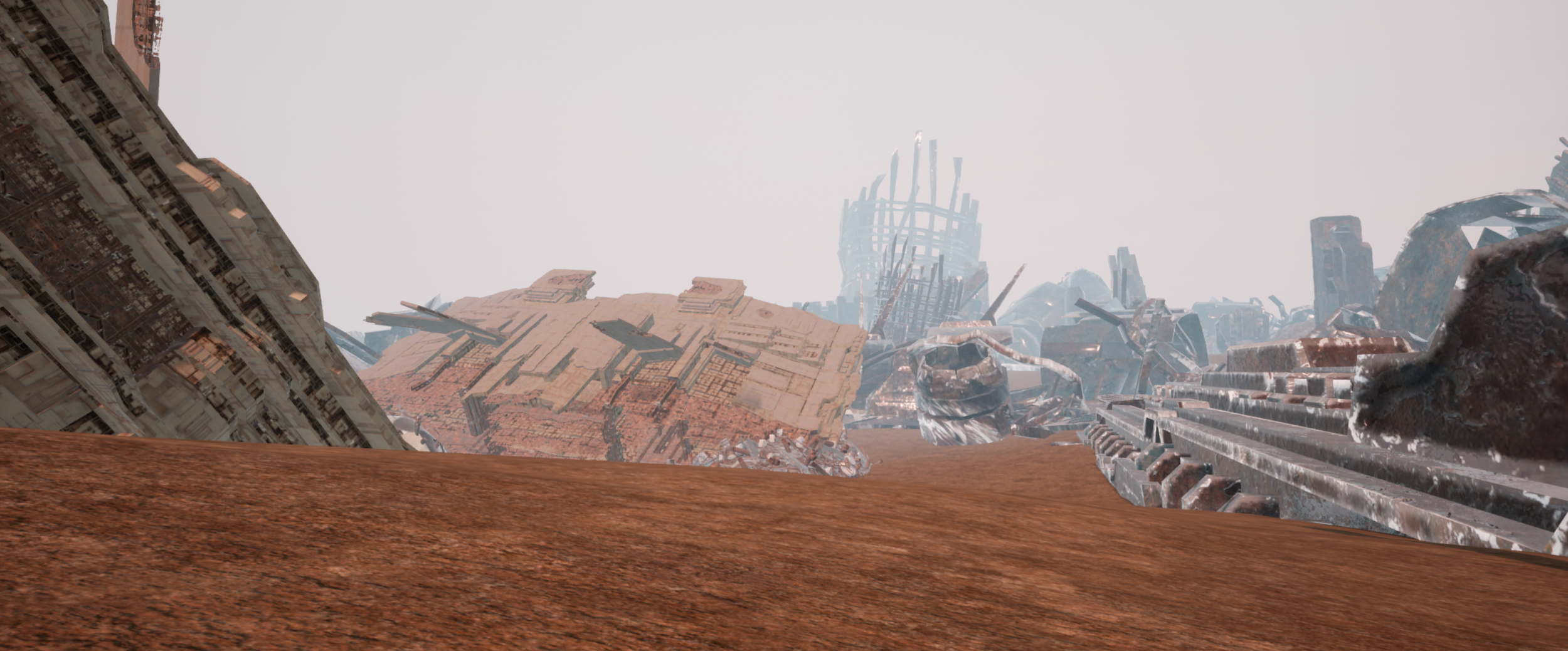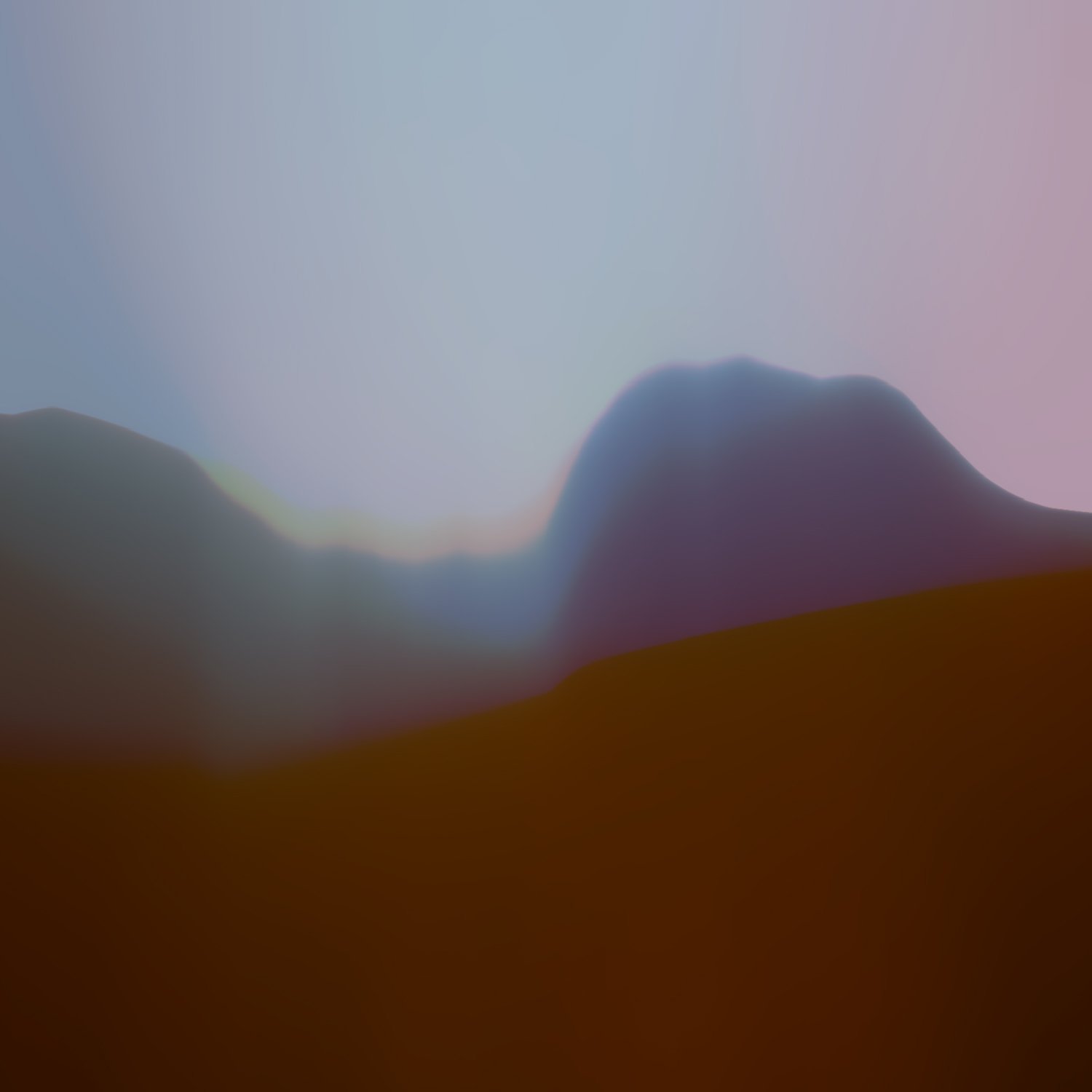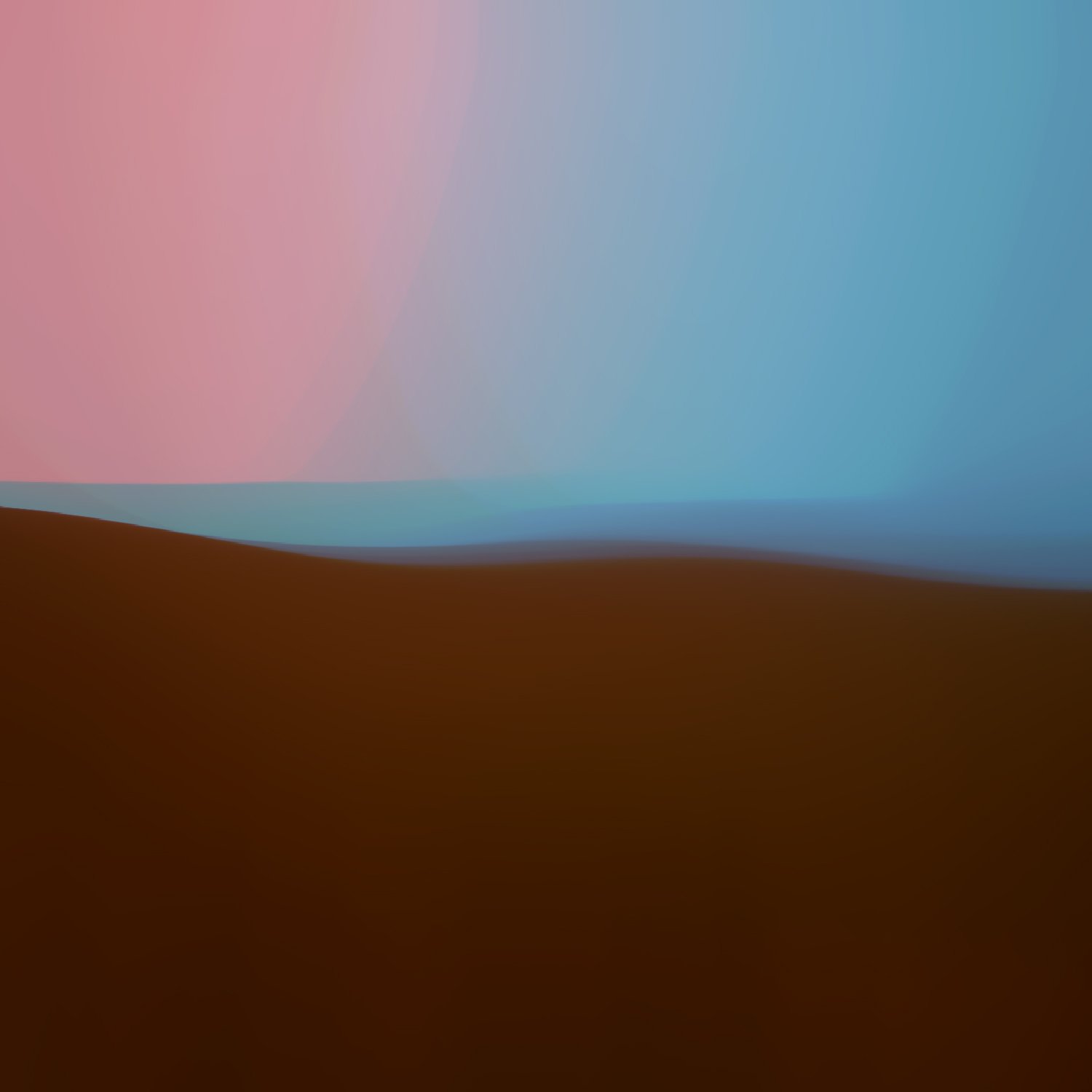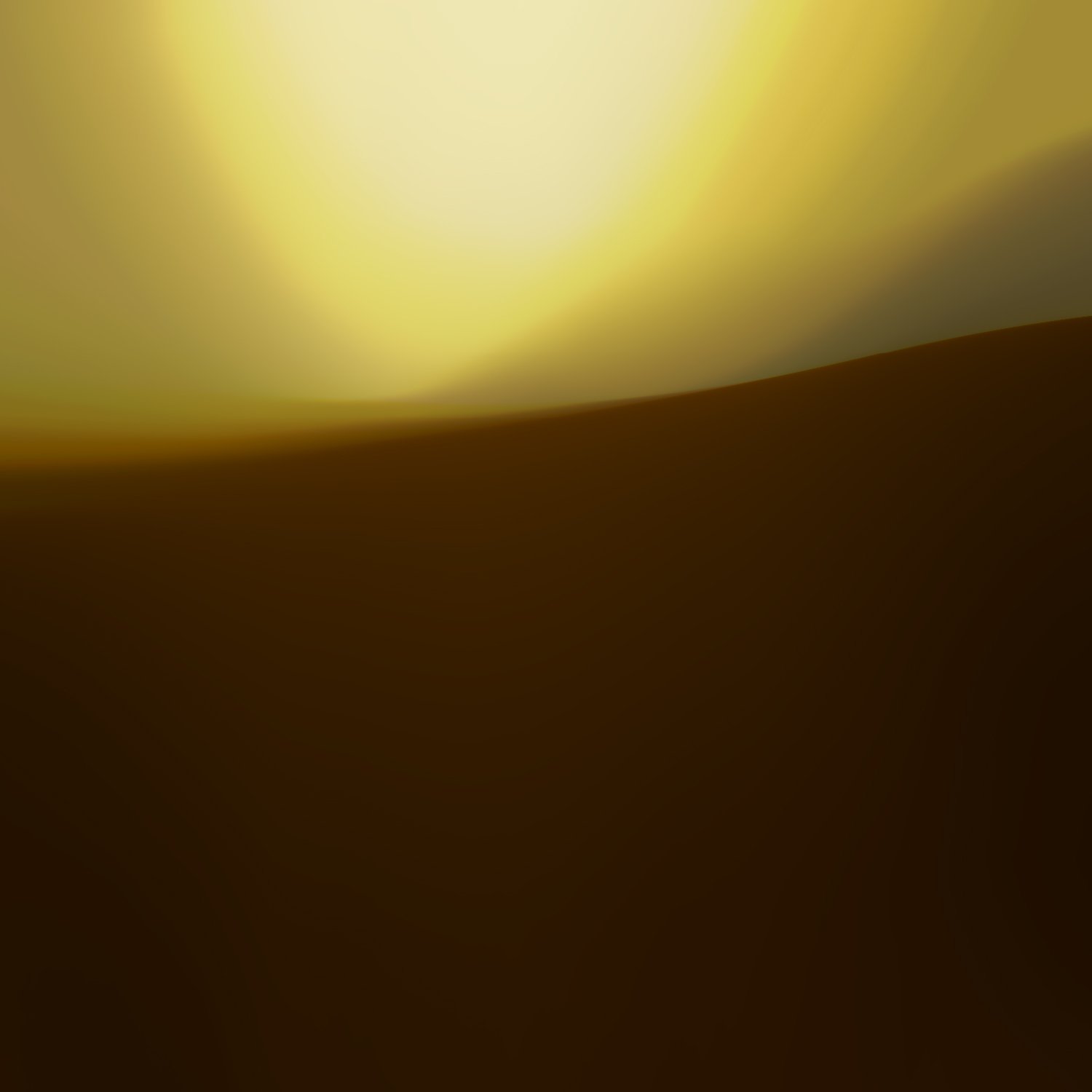JUNK! 2025 Roadmap
Greetings Scrappers!
The first half of 2025 has been exceedingly busy for us at 301. We launched our JUNK! Playtest in January, attended GDC 2025 in March, launched the JUNK! Demo in May, and took part in Next Fest in June, introducing the game to new players and our small but mighty community at every step of the way. I'm so very appreciative of everyone who's downloaded our game and played a few rounds, and even more thankful to those who have provided feedback so that JUNK! starts becoming the best version of itself.
With all of this said, we’re only just getting started. I want to share some details regarding our development roadmap for the second half of 2025, and what we're hoping to accomplish.
We're currently working on an overhaul to our matchmaking system and are building out a way for players to create and join custom lobbies. This will let Scrappers challenge their friends directly so that they aren't waiting to see if a lobby opens or constantly battling against the AI opponents. The matchmaking overhaul will likely be rolled out in phases as some parts of this process are easier/faster to implement than others. We'll be sure to communicate what feature is launching when and with clear details on how each addition or change works.
We're building a proper single player ladder-style campaign. Similar to classic fighting games from the 90s, where the player battles against a pre-set order of increasingly difficult opponents in specific settings, our single player mode will act as a way for Scrappers to experience each arena and opponent all while the difficulty and rewards increase as they fight closer and closer to becoming a League champion.
We have a handful of new robot characters in development that Scrappers will be able to choose from. As they're completed and included in the game, we'll be reworking the Shop so that Scrappers will be able to choose an initial, free robot from our list of characters. Afterward, the rest of the characters will need to be unlocked in-game, the same as abilities are currently.
It's our goal to finalize our demo's feature set and then begin shifting over to our Early Access phase by the end of the year. I don't want to promise specific dates on when this will happen, but upon the Early Access launch, the JUNK! demo version will limit future updates to bug fixes and performance updates, and JUNK!'s Early Access version will be the where new robots, arenas, paint jobs, abilities, etc. will be released. To be clear, if we decide to overhaul things like the game's UI or reward systems, obviously those updates will be included in future versions of our Demo release. It's our intention to build the very best introduction to our game as possible, where players can come back again and again, challenge their friends, upgrade their robots, explore new and novel environments, and have a lot of fun.
Thank you all for coming on this journey with us! We'll share more updates as we update our demo and prepare for Early Access, and we hope you enjoy playing JUNK! as much as we enjoy making it.
-William (Project Director @ 301)
Community Blog 01: What is an Enthusiast Community?
Over the coming months, I’ll be sharing my thoughts and experiences on enthusiast programs and why they’re important for various types of companies and brands. I feel that in the current economic climate, where companies are continuing to ‘trim the fat’, and pull back on any sort of program that doesn’t show clear ROI (such as sales and services), these companies should not overlook the value that enthusiast groups bring to their brand, whether by advocating on behalf of the company, generating sales via word of mouth, or by reducing support costs via their own online communities.
First, I’d like to set some expectations…
The purpose of this blog is to share my perspective of the value of community with regards to large organizations. My experience in this regard comes from decades of belonging to smaller enthusiast communities, either in person or online, being a part of organizations with large enthusiast communities, and even from the last several years of managing a community program for an S&P 500 company.
This blog is not an explainer as to what companies can do to attract these sorts of communities to their brand but is instead it intends to share what sort of communities brands should be aware of as they are seeking to further develop a community programs. It’s nearly essential for a company to have a compelling product BEFORE attracting those persons who have the desire to celebrate said product.
Additionally, the success of a community may not be entirely within the control of said community alone, but may be instead subject to larger forces at play, namely the sort of direct investment the parent organization/company/brand is willing to provide. Over the coming months, I’ll cover some of these value-adds so as to best equip the team with talking points and broad perspectives as to how the efforts of enthusiasts support the parent organization, and their organizational or business goals.
-William Masterson
What is a Enthusiast Community?
What is an enthusiast community? It’s pretty self explanatory: any sort of community made up by people who are enthusiastic about a thing, a topic, an idea, whatever.
For the sake of our conversation and for potential Countable clients, I just wanted to use these topics as examples: Sports, Culture, Music, Art, Technology, and automotive.
For my personal experience in this field: I grew up in a home where we loved baseball (go A’s!), and I had all of the baseball cards and memorabilia throughout my room. Today, I’m not a huge sports fan, but when I do wear a ball cap, it’s more than likely for my favorite team from when I was a kid.
As a teenager, I got way into our local music scene, and spent way too much time pursuing dreams of rock and roll. To this day, I still know all the words to the songs that were my favorites, and still own a few shirts from bands I saw on tour. I still interact with people I met at those shows, or through those groups, and we still celebrate those shared experiences.
In college, I had my first true taste of the sort of enthusiast communities that we are talking about today. I managed Visual Merchandising for the San Francisco Apple Store flagship in Union Square, and when we would announce new products, lines of customers would wrap around the block, all wanting to get their hands on the latest gadget, and celebrate what it meant to believe that Apple really did make the best products for our ever emerging digital world.
Finally, from 2017 through September 2021, I managed the Tesla Owners Club Program. During these years, I finally saw the far reaching value of what community programs can accomplish when they’re properly organized and supported by the organization they celebrate.
Now, these are all low hanging fruit: sports, music, technology, automotive...
An Enthusiast Community is essentially anything that has any sort of ‘fan club’ culture. People who paint their face for the big game, wear the shirt of their favorite band, or line up for the next big product release… these are all enthusiasts. And they gather either in person or online to discuss their favorite topics, both the good and the bad, and generally seek to celebrate whatever it is that they’re most passionate about.
Now, I know the language I’m using to describe all of this is very general, but that’s because there can be enthusiast communities for just about anything. Just log onto Facebook and search for random topics, and I’m certain more often than not, you’ll find a small fan page or community. And it’s not just Facebook, you can find enthusiast groups for all sorts of things in every corner of our connected, digital world: Reddit, Discord, Mastodon, Instagram, etc.
Project: JUNK! Dev Blog 01 - Diving into Game Design
Hi Everyone! As part of our on-going development and release process for Project: JUNK!, I’ll be sharing some of our behind the scenes details here. Over the next 12 weeks or so, we should be able to cover the entire year of development, including stories, screenshots, some gameplay… It’s been a lot of fun, and I can’t wait for everyone to check it out.
A year ago or so, I began trying to learn how to used both Unity and Unreal, to determine which engine would best serve the needs of this silly game idea I've had rolling around in my head for the last 15 or so years. The game... the premise... was pretty straight forward: Could I create a Pokemon knock-off, but instead of using little monsters (Pokemon is literally a Japanese term for the English equivalent of 'Pocket-Monsters')... let's use ROBOTS!
Now, building a top down, 2D RPG is both easier and harder than it sounds. 1. there's plenty of content out there to guide a game designer to create a Pokemon clone, but... 2. Games are hard. Ask anyone who makes them. Screw up on just one little variable or line of code, and things can break in amazing, spectacular ways.
So... game engines... I started just trying to focus on 'how can I design a level' and do things in 3D, instead of 2D..., where it's an isometric perspective, rather than top down, etc.
Once I figured out how to import materials/graphics into Unreal (I started futzing with level design in Unreal, since it seemed to be the more advanced of the two leading free game engines, with really good support for realistic lighting and textures, etc., just so I had the maximum amount of flexibility. So, I dug into my own personal archives and found a level map I drew up back in like... 2014... Imported it in, and boom... we've got SOMETHING!
Next... I discovered the Unreal Marketplace... and well... it's a better use of time and money to just buy assets that have open usage licenses. I ended up spending maybe $100 on assets that looked like piles of junk and refuse... broken down machinery, damaged spaceships, etc. and start importing them in.
But... the real world isn't just all flat, right? So! Time to learn how to import heightmaps and create landscapes!
For these... I used a piece of software called Gaia. It's impressive how by adjusting sliders and variables it will create realistic topography. For our first map, the junkyard, I wanted it to just be this giant junkyard in the middle of a vast desert... where spaceships are de-orbited, crashed into the ground, and people go out and strip the carcasses clean.
Now, I'll be 100% transparent on this, yes, some of the basic aspects of the setting are inspired by art that was created for StarWars: The Force Awakens. That said, how we ended up creating our setting and story... really just ends with the SW inspiration as quickly as it started. It's just a similar idea for a setting. That said, the planet our story happens on isn't one big vast desert. It's a normal planet, and this desert is just on spot on the map.
Ok, so... landscapes!
So... then... trying to iterate... explore what the landscape should feel like... how can this setting be... exaggerated... how can we create a unique visual style... or at least... how can we start developing a path... I took the screenshots above, dropped them into photoshop... and ran the most extreme gaussian blurs...
So... now we start seeing a color palette emerge and well... next I began exaggerating colors...
Things became vibrant! We started drifting away from a style that was realistic and gritty! Something that felt more upbeat, stylized, and... IMO... something more fun.
This leads us up to late February, 2022. We officially kicked off the project on March 1st, 2022 (on 3/01, obviously), and lots of different aspects of the project sprung into development, including core game development, story, and more and more art/visuals.
-William Masterson, December 2022
The Start of Something New
Last fall, after parting ways with my former life, I decided to take some time to meditate on the last 40 years, where I’ve been, what I’ve been doing, and what the future may hold. During this time, which was an absolute privilege and luxury, I had a lot of time to ponder what purpose I might have in this world, and how my set of skills might be able to be best leveraged.
Last fall, after parting ways with my former life, I decided to take some time to meditate on the last 40 years, where I’ve been, what I’ve been doing, and what the future may hold. During this time, which was an absolute privilege and luxury, I had a lot of time to ponder what purpose I might have in this world, and how my set of skills might be able to be best leveraged.
First and foremost, I felt something deep in my core, a desire to help, and was faced with a daunting questions of ‘How can my efforts serve the most good?’, and ‘How can I help?’.
Second, I asked myself how my skills and experiences can contribute to values that I hold dear; how can my patience, resilience, stubbornness, and willingness to call out right from wrong serve the most good to those persons around me, those persons I deeply care for and respect, as well as the broader world around me.
It took a lot of time, fear, and ultimately courage to make the decision to NOT seek out another corporation to barter my time and energy, my skills and expertise, so…
Today, I am sharing details related to the company I’ve recently founded, 301 LLC.
There are two key pieces to 301, Storytelling and Community. Both rely on each other for success: stories are recollections of events, whether fact or fiction, shared to an audience, and communities are these stories experienced by many. Together, these become an incredibly powerful feedback loop, and move people forward.
At 301, we utilize storytelling to both cultivate intellectual property (IP) as well as consult with start-ups as to how their own stories can be focused to create the most meaningful impact for both customers and contributors alike. We are also focused on creating our own IP, and investigating new, exciting ways to tell stories, not just through advertising or corporate communications.
For community efforts (which is where a lot of you all might know me from), we are now consulting with start-ups and organizations to help them build foundations and tools to growing their own connected communities, and show these start-ups how a vibrant enthusiast community can not only drive sales, but also reduce costs and create deep brand loyalty. Come to find out, having thriving, brand-centric enthusiast groups can be more valuable than their weight in gold.
How do these two things improve the world? How do they do good? The stories we tell shape not only the world around us, but the future before us as well. The stories we tell act as a blueprint for what is possible. The stories we tell set expectations. The communities we build foster cooperation. The communities we build provide a shared space for us to celebrate our wins, and to lament our setbacks.
The products we are building at 301 are centered around the human experience, and how an incredible product can be more than just a physical object you can purchase; it can (and should) be an idea that enriches the lives of both company and customer alike; it can (and should) be a meaningful experience that fosters joy and excitement.
I want to extend my deepest thanks to everyone who has acted to guide me, not only over the last several months, but over the last 20 years, challenging me to grow out of the child I was, and into someone better. Also, I want to thank all of the colleagues and partners who taught me how to sharpen my skills and make the most meaningful impact possible in everything I do.
Lastly, thank you all for reading this, for giving me a few minutes of your time. I hope you’ll join me and the team I’m assembling while we endeavor to make awesome things and create incredible experiences.
Find out more about 301: https://www.threezero.one
